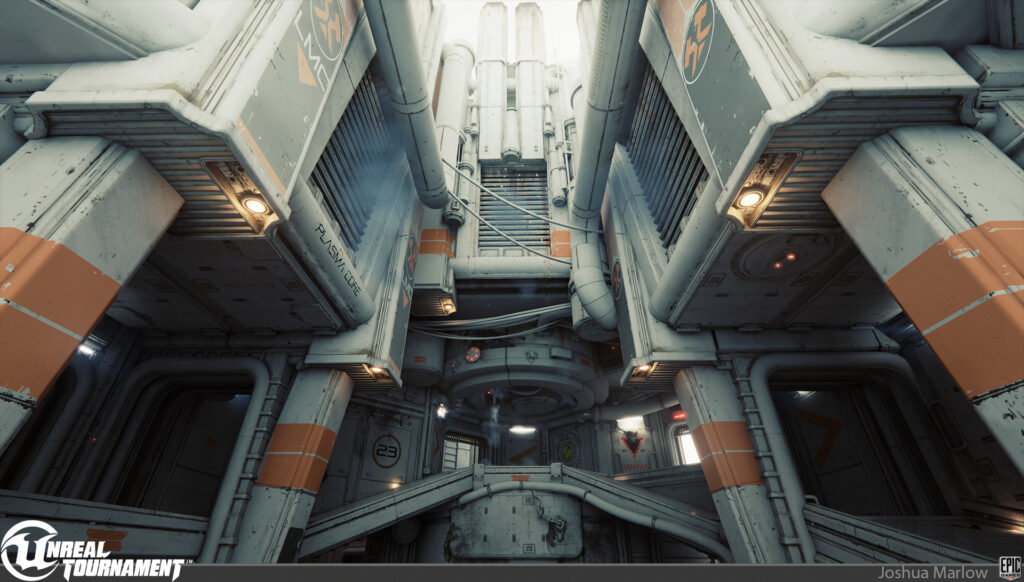The Science of Haptic Feedback
Haptic technology recreates touch through mechanical, electrical, or thermal means. In VR, it bridges the sensory gap, making virtual events feel physical.
Vibrotactile feedback uses motors to buzz against the skin, mimicking footsteps or explosions. More advanced systems employ electrical muscle stimulation (EMS), contracting muscles like a real hit.
Vibrotactile vs. EMS: Key Differences
- Vibrotactile: Precise vibrations from tiny actuators. Affordable and widespread in vests like bHaptics.
- EMS: Low-voltage currents trigger muscle twitches. Delivers directional force, as in Teslasuit’s full-body array.
- Advanced Features: Some integrate ultrasonics for mid-air touch or thermal pads for hot/cold sensations.
These methods sync with VR headsets via software, mapping game events to body zones. A sword clash? Feel it ripple from shoulder to hand.
Evolution of Full-Body Haptic Suits
Haptics started with glove rumble in the 1990s. Gamepads followed with DualShock. Now, full-body suits cover torso, arms, legs—even fingers.
The shift accelerated post-2016 with Oculus Rift and HTC Vive. Early vests like Woojer focused on bass thumps. Full suits emerged around 2020, blending wearability with power.
Teslasuit pioneered EMS in 2018, using a neoprene suit with 100+ electrodes. It reads biometrics too, adapting to user fatigue. bHaptics’ TactSuit X40 covers 40 zones with high-fidelity vibes.
Top Full-Body Suits on the Market
- Teslasuit: EMS for realistic impacts; motion capture built-in. Price: $2,500+. Used in pro training.
- bHaptics TactSuit X40 + X4 Gloves: 40 haptic points; wireless. Integrates with SteamVR. Around $600.
- HaptX DK2 Gloves + Suit Prototype: Fluid pockets simulate textures. Enterprise-focused, $20K+.
- Exosuits like Pison: Emerging with AI-driven feedback for gaming and rehab.
These suits pair with PC VR rigs, Quest via PC link, or standalone via apps. Battery life hits 2-4 hours, with washable fabrics improving comfort.
Revolutionizing Combat Games
Combat titles thrive on physicality. Haptics amplify every dodge, block, and strike.
In Blade & Sorcery, a full-body suit makes blade impacts visceral. Swing a mace—feel the torque in your arms. Get stabbed? A sharp EMS jolt stuns the spot.
Superhot VR users report time-slowing punches hitting like real fists. Suits add weight, turning abstract red shards into bruising threats.
Pro Gamer Testimonials
- “It’s like sparring a ghost—exhausting and exhilarating,” says esports fighter Alex “PunchGhost” Rivera.
- Multiplayer arenas in Population: One feel alive with synced bullet vibrations.
- Boxing sims like Thrill of the Fight 2 track real sweat, halting if biometrics spike.
Developers like UploadVR are patching haptics into hits. Custom profiles let suits mimic weapon recoil or armor clanks.
Boosting Adventure Game Immersion
Adventure games demand exploration feels. Haptics add environmental storytelling through touch.
Climb Half-Life: Alyx‘s walls—gloves grip textures while suit simulates strain. Swim in Subnautica? Currents push your torso.
In No Man’s Sky VR, planetary landings rumble boots. Pet aliens? Soft vibes convey fur or scales.
Narrative depth grows too. Horror like Phasmophobia chills with ghostly caresses. Suits heighten tension, making heartbeats sync with dread.
World-Building Through Touch
- Rain patters on shoulders in open-world epics.
- Wind howls via directional air puffs in prototypes.
- Traps in dungeons deliver pinpoint shocks.
Players linger longer, as touch fosters emotional bonds with virtual realms.
Challenges Facing Haptic Adoption
Despite hype, hurdles remain. Cost tops $500 for basics, alienating casuals.
Comfort varies—EMS can sting, vibes itch during marathons. Sizing fits athletic builds best; inclusivity lags.
Software fragmentation hurts. Not all games support full mapping. Latency under 20ms is key, or feedback desyncs.
Health concerns: EMS risks for pacemakers or epilepsy. Regulations evolve slowly.
The Bright Future of Tactile VR
Prices will plummet as mass production hits. Meta’s haptic prototypes hint at $200 suits by 2026.
AI will personalize: Learn your pain threshold, auto-calibrate. Integration with AR glasses expands uses.
Beyond games, military trains with punch-perfect sims. Surgeons feel remote tissues. Fitness apps deliver virtual PT.
Web3 twists: NFT suits unlock exclusive haptics in metaverses.
Conclusion: Touch the Future Now
Haptic full-body suits aren’t gimmicks—they’re VR’s missing limb. Combat feels brutal, adventures enveloping. Early bugs fade as tech matures.
Grab a bHaptics vest, queue Blade & Sorcery, and punch back. The revolution vibrates on. Will you feel it?
Word count: 1,156



